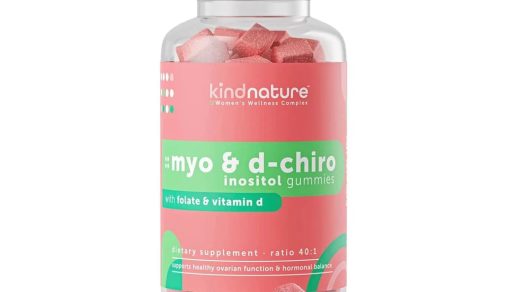What is “Põde”?
“Põde,” pronounced “poh-deh,” comes from ancient Eastern philosophies like Ayurveda and Traditional Chinese Medicine. The word “Põde” means “nourish” or “nurture.” It focuses on balancing the body and mind, promoting harmony with oneself and the environment.
Benefits of “Põde”
The benefits of practicing “Põde” are vast and go beyond just physical health. Here are some key advantages:
- Improved immunity.
- Higher energy levels.
- Better sleep.
- Enhanced mental clarity.
- Emotional resilience.
- Inner peace.
- Overall happiness and fulfillment.
How to Practice “Põde”?
Practicing “Põde” doesn’t require complex techniques. It starts with being mindful and intentional in your daily activities. Here are some simple ways to incorporate “Põde” into your life:
- Mindful Eating: Focus on your food, savor each bite, and avoid distractions.
- Conscious Breathing: Take deep breaths and pay attention to your breath.
- Daily Reflection: Spend a few minutes each day reflecting on your thoughts and feelings.
- Connecting with Nature: Spend time outdoors and appreciate the natural world.
The Cultural Significance of “Põde”
“Põde” has deep roots in Eastern cultures. It’s more than just a wellness practice; it’s a way of life. These cultures value harmony, balance, and a strong connection with nature.
Practicing “Põde” helps keep these traditions alive and promotes a healthier lifestyle.
Scientific Perspectives on “Põde”
Modern science is beginning to recognize the benefits of “Põde.” Studies show that practices like mindful meditation, which are part of “Põde,” can:
- Reduce stress
- Lower blood pressure
- Improve cognitive function
Comparing “Põde” with Similar Practices
There are many wellness practices today, like yoga and mindfulness meditation. While “Põde” shares similarities with these practices, it has its unique focus on nurturing and nourishing the self.
Common Misconceptions About “Põde”
Despite its growing popularity, “Põde” is often misunderstood. Here are some common misconceptions:
- Misconception: “Põde” requires a lot of time and special training.
- Truth: Even small acts of self-care and mindfulness can be part of “Põde.”
Tips for Incorporating “Põde” Into Daily Life
Adding “Põde” to your daily routine is simple. Start with small, manageable steps:
- Set aside a few minutes each day for mindful breathing.
- Enjoy a nourishing meal without distractions.
- Take a short walk and appreciate your surroundings.
Real-life Success Stories with “Põde”
Many people have experienced positive changes by practicing “Põde.” Here are some inspiring stories:
- Jane’s Story: Jane used “Põde” to manage her chronic pain and found relief and peace.
- Tom’s Story: Tom struggled with anxiety but found calm through daily mindfulness and “Põde” practices.
- Sarah’s Story: Sarah improved her overall well-being by incorporating “Põde” into her busy life.
The Future of “Põde”
As stress and uncertainty continue to rise, the relevance of “Põde” will likely grow.
With more research highlighting its benefits, “Põde” promises to be a timeless practice for future generations.
FAQs:
- Is “Põde” similar to mindfulness meditation?
While “Põde” includes mindfulness meditation, it also involves a broader approach to nurturing holistic well-being.
- Can anyone practice “Põde”?
Yes, “Põde” is accessible to everyone, regardless of age, background, or physical ability.
- How long does it take to see the benefits of practicing “Põde”?
The benefits can be felt almost immediately, but consistency is key to experiencing its full potential over time.
- Are there specific rituals or practices associated with “Põde”?
“Põde” focuses on mindfulness and intentionality in daily activities rather than specific rituals, though practices like mindful breathing and self-reflection are common.
- Can “Põde” help with managing stress and anxiety?
Yes, embracing “Põde” can help manage stress and anxiety by promoting relaxation, clarity, and emotional resilience.
Also Check:
- Tamisie: A Delicious Dish From Around the World
- Simpcit6: The Art of Living with Less and Finding More Joy
- Spicyrranny: Your Guide to a Spicy New Trend
Conclusion:
In a world where the pursuit of wellness can feel overwhelming, “Põde” offers a simple, ancient solution.
By nurturing ourselves holistically and embracing “Põde” in our daily lives, we can achieve a sense of well-being and harmony.




